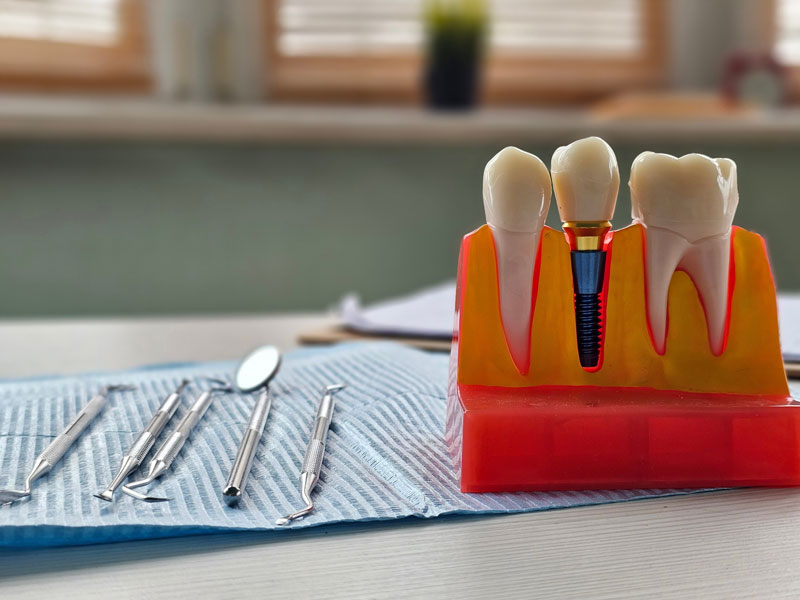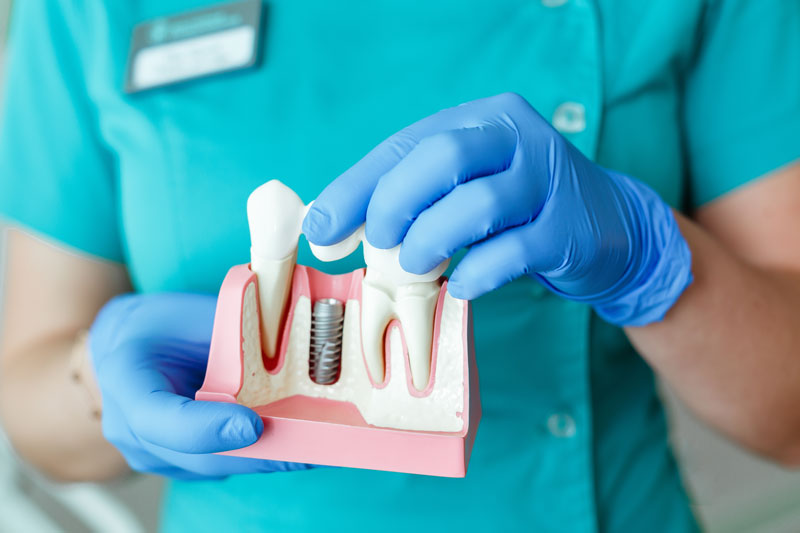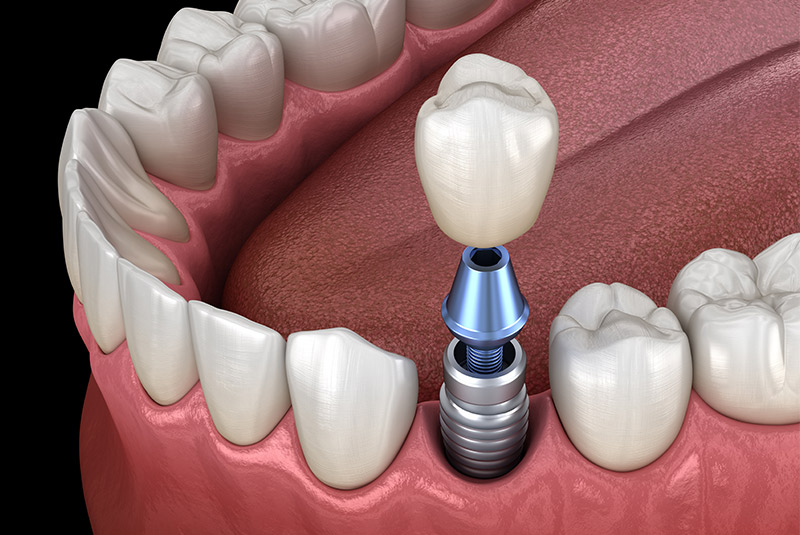SEO H1 Tag - Byron and Pecatonica, IL
Tips, Facts, And The
Latest In Dentistry

Understanding Your Abutment on Implant: A Comprehensive Guide to Dental Implants Success
Posted in Dental Implants
Posted on March 21, 2025 by Eric Chmiel

Dental implants have revolutionized restorative dentistry, offering a permanent and natural-looking solution for patients with missing or damaged teeth. Unlike traditional dentures or bridges, implants restore both function and aesthetics, improving not just oral health but overall quality of life. A complete implant system consists of three essential parts: the implant screw, which integrates directly into the jawbone; the abutment, which connects the implant to the artificial tooth; and the crown, the visible portion that replicates the look of a natural tooth. Understanding the role of each component, particularly the abutment, is crucial for ensuring a successful and long-lasting restoration.
The abutment on implant is the connector piece that links the titanium implant to the artificial tooth crown. Once the implant has fused with the jawbone through osseointegration, the abutment is carefully placed to provide a stable platform for the final restoration. It is typically crafted from durable materials such as titanium or zirconia, designed to withstand the forces of chewing and biting. The abutment is essential for achieving a secure, functional, and aesthetically pleasing result, ensuring that the implant performs just like a natural tooth.
Why the Abutment Plays a Vital Role in Implant Stability
The abutment serves as the foundation that connects the implant post to the dental crown, ensuring that the restoration remains stable and secure. Without a properly placed abutment, the artificial tooth would not have the necessary support to withstand daily use. A well-positioned abutment ensures that pressure is evenly distributed, reducing strain on surrounding teeth and maintaining the alignment of your bite. It also enhances the overall comfort of the implant, preventing issues such as irritation or discomfort in the gum tissue.
Proper abutment selection is just as important as implant placement itself. If an abutment is not precisely fitted, it can lead to complications such as loose crowns, gum irritation, or implant instability. Dental professionals take great care in selecting the right abutment based on the patient’s anatomy and functional needs. Whether using a custom abutment for an exact fit or a stock abutment for more standardized cases, ensuring the right choice is crucial to the long-term success of the implant.
Types of Abutments: Finding the Right Fit for Your Implant
Different types of abutments cater to various anatomical and aesthetic needs, allowing for a customized approach to dental implants. Custom abutments are designed specifically for the patient’s implant site, ensuring a precise fit and a natural appearance. These are particularly beneficial for front teeth, where aesthetics are a primary concern. Custom abutments allow for better gum contouring, creating a more seamless blend with the surrounding teeth.
Alternatively, stock abutments come in pre-fabricated shapes and sizes and are often used in cases where aesthetics are not as critical. These are typically more cost-effective and are ideal for back teeth, where durability and function take precedence over visual appeal. The material of the abutment also plays a significant role in the final outcome. Titanium abutments are widely used due to their strength and biocompatibility, while zirconia abutments are preferred for their tooth-colored appearance, making them ideal for visible areas. The choice between these materials depends on your functional needs, cosmetic preferences, and the location of the implant.
Ensuring Long-Term Implant Success with Proper Abutment Selection and Care
Several factors influence the long-term success of a dental implant, including bone quality, surgical technique, abutment selection, and oral hygiene. A strong and healthy jawbone provides the necessary support for the implant, while precise surgical placement ensures that the abutment and crown align properly. Choosing the right abutment based on your unique dental structure enhances the stability and durability of the implant, preventing future complications.
Post-operative care is just as critical in maintaining implant health. Regular brushing, flossing, and professional cleanings help prevent infection and gum disease, which could compromise the implant. Patients should also avoid habits like chewing on hard objects, teeth grinding, and smoking, as these can negatively impact the stability of the abutment and crown. By working with an experienced implant provider and following a diligent oral hygiene routine, patients can enjoy a secure, functional, and long-lasting implant restoration.
Are you ready to restore your smile with dental implants at our skilled and trusted dental practice? Don’t wait to get the smile of your dreams with us. Get in contact with our doctor, Dr. Justin Bonvallet and our exceptional team at our practice to schedule an appointment today!



